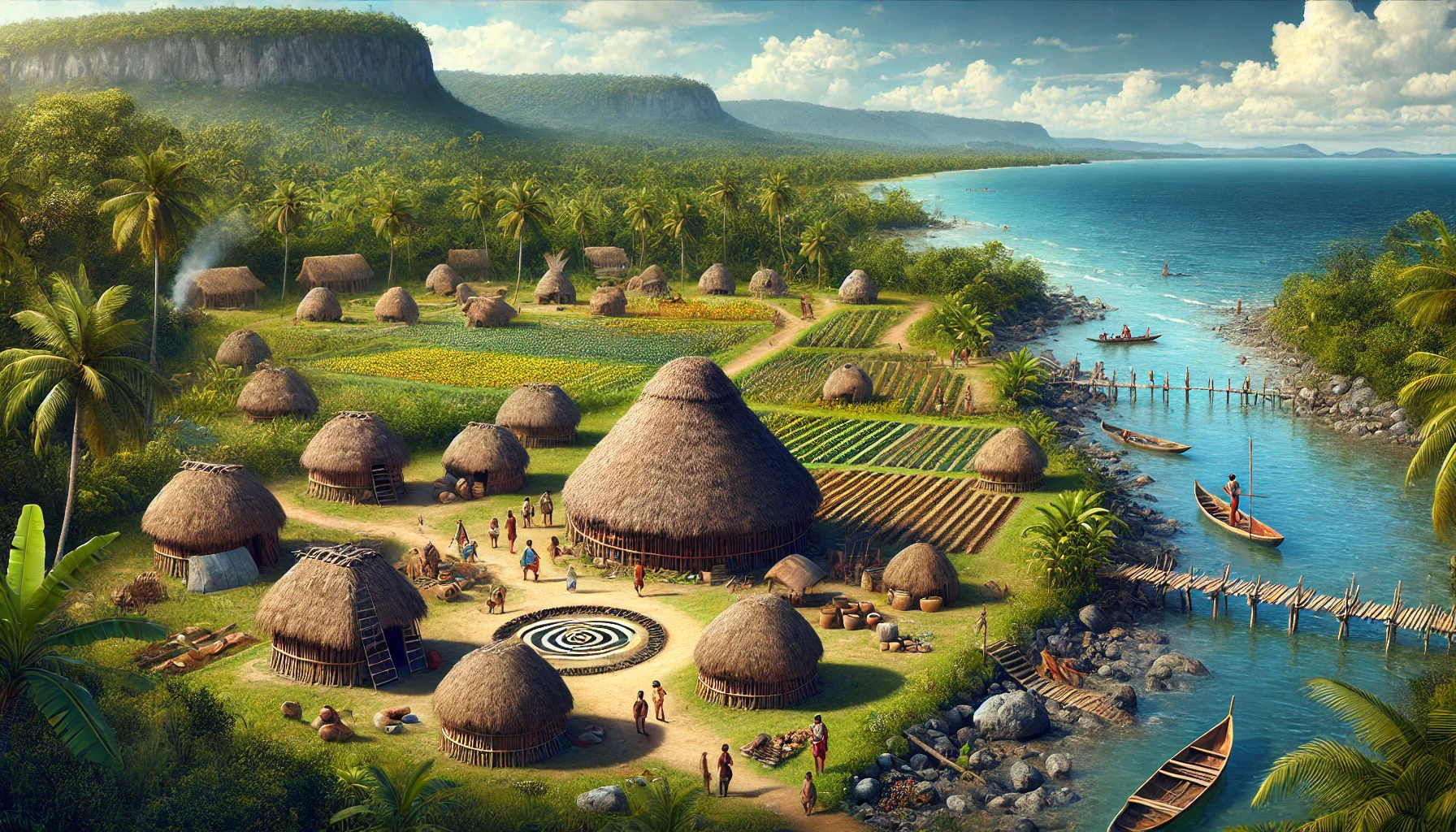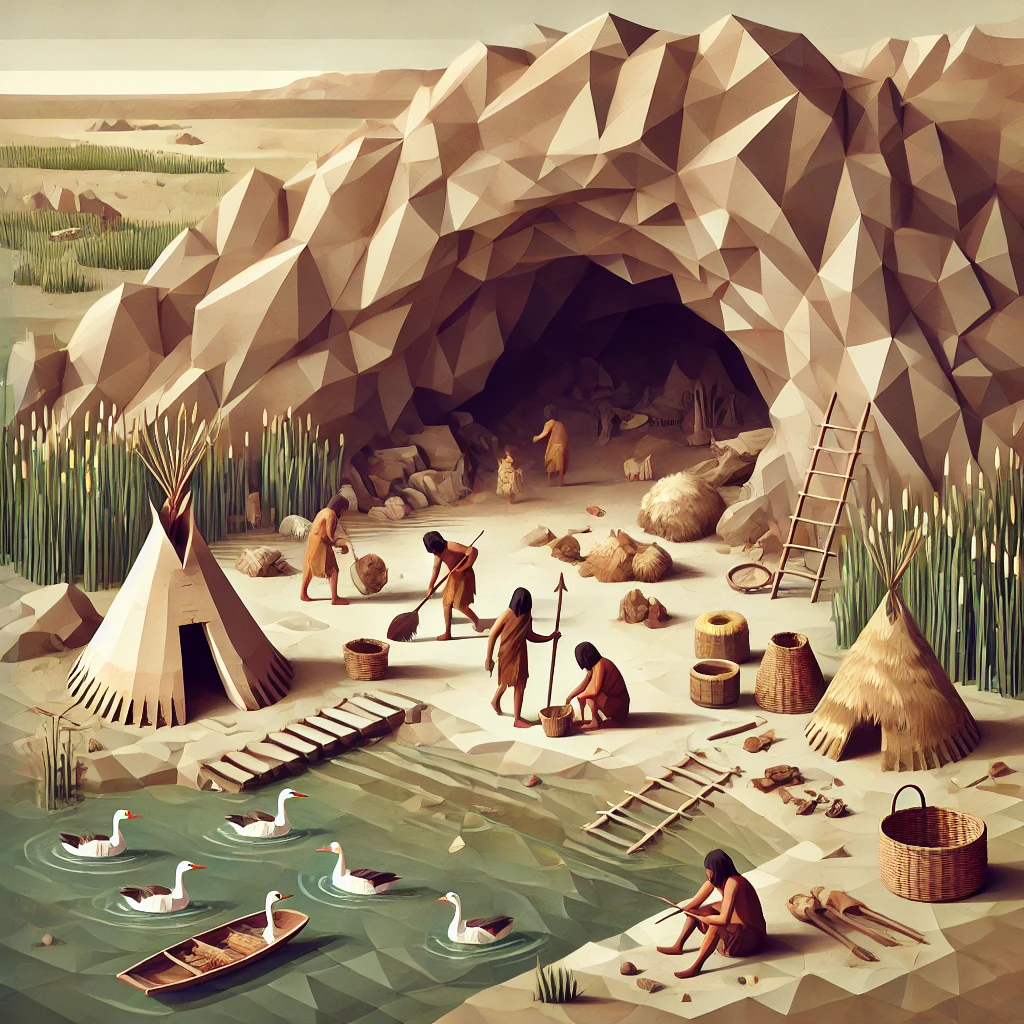India has a long and fascinating history that dates back thousands of years. The earliest known inhabitants of the region were the Indus Valley Civilization, a Bronze Age society that flourished in the Indus Valley from about 2500 BC to 1900 BC. Over the centuries that followed, the region was conquered and settled by a number of different groups, including the Aryans, Persians, and Greeks.
In the early centuries of the common era, the Indian subcontinent was ruled by a number of powerful empires, including the Maurya and Gupta empires. In the medieval period, the region was divided into several smaller kingdoms, and it was heavily influenced by the spread of Hinduism and Buddhism.
In the early modern period, India was colonized by the British East India Company, and it became part of the British Empire. In the 19th and early 20th centuries, the country was a center of political and economic activity, and it played a key role in the global economy.
In 1947, India gained its independence from British rule, and it became a sovereign, democratic republic. Today, India is the world’s second-most populous country, and it is a major global economic and political power. It is known for its rich cultural heritage, its diverse population, and its beautiful landscapes.
Genetics
In general, it is thought that people from India have a genetic profile that is predominantly South Asian, with some influence from other regions such as Europe, Africa, and Asia. Like other South Asian populations, the Indian genetic profile is influenced by a mixture of various groups, including the original inhabitants of the region, as well as more recent immigrants from other parts of the world.
However, it is important to note that there is a great deal of variation within the Indian population, and the genetic admixture of any individual person will depend on their specific ancestry and family history. Additionally, genetics is a complex and rapidly-evolving field, and our understanding of the genetic makeup of different populations is constantly changing. As a result, it is difficult to provide a detailed and comprehensive description of the genetic admixture of Indian people.





